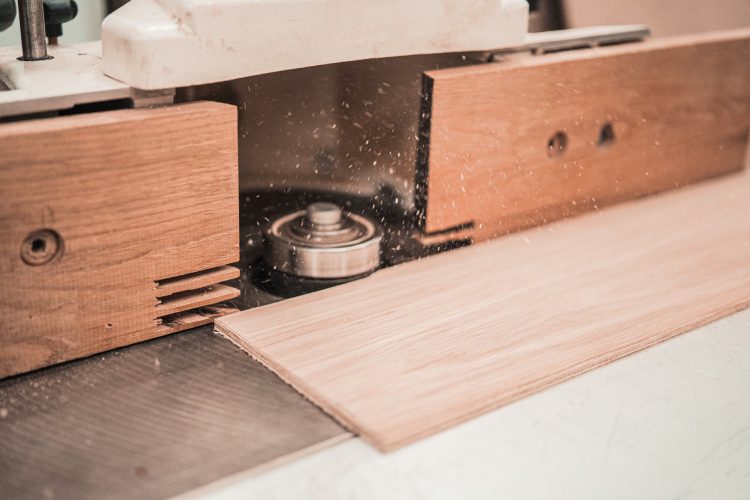The formwork used to lay concrete can account for up to half the cost of building a structure. The best way to reduce costs associated with formwork is to choose affordable panels that are able to withstand multiple uses. In most cases, that means purchasing a type of plywood manufactured specifically for concrete-forming applications.
Can Contractors Use Regular Plywood?
Regular plywood panels come in a variety of sizes. Some types of traditional plywood are strong enough to withstand the loads associated with concrete forming, but most do not feature appropriate overlays. As a result, contractors will not be able to strip the concrete from the plywood to ensure that the sheets can be reused.
It’s best to look for Plywood Forming manufactured by members of the Engineered Wood Association that have been specifically designed for concrete-forming applications. These sheets, known within the industry as Plyform, come in many grades, but all feature overlays that add stability and resist abrasions. The most durable of them can be stripped and reused multiple times before they begin to break down.
What to Look for in Plyform
Every manufacturer has a slightly different approach to fabricating Plyform. As a result, all products have different benefits and features. Here’s what to look for when comparing products from different manufacturers:
Durable Construction
All Plyform sheets are stronger than traditional plywood sheathing panels and feature stronger, stiffer veneers. However, there are multiple grades of Plyforms and veneers. The best Plyform panels are usually rated as Class I, which will be indicated in the panels’ APA trademarks.
Appropriate Overlays
Look for either Medium-density Overlay (MDO) or High-density Overlay (HDO) panels. Both these types of Plyforms feature resin-impregnated cellulose fiber sheets affixed to their faces. Single-faced MDO or HDO panels only have the overlay on one side, while double-faced Plyforms feature overlay on both sides.
The difference between the two is that HDO Plyforms have more resin in their overlays. They’re more impervious to impacts and water, provide a smoother finish to the concrete, and can sometimes be reused for longer than MDO panels.
Liquid Surface Treatments
There are multiple types of liquid surface treatments that can be used in addition to or instead of resin-impregnated cellulose. These days, most contractors look for phenolic surface films, rather than polyurethane-coated Plyform. However, as long as the plywood features some sort of appropriate overlay and was manufactured specifically for use as a formwork panel, it should be reusable.
The Importance of Plyform Maintenance
The number of pours contractors can get from a single panel depends not just on the quality of the products they’re using, but also on how well they are maintained. Follow these tips to maximize the lifespan of any dedicated Plyform panel:
· Store the panels indoors, away from moisture
Apply release agents before each use
Only use wood or soft plastic to clean concrete from the panels
Handle the panels carefully to protect vulnerable edges
Seal ends after cutting
Only use overlaid panels for pouring concrete admixtures with high chemical concentrations
The Bottom Line
Contractors who plan to use their concrete forms multiple times should purchase Plyform panels, not regular plywood. When in doubt regarding the suitability of a particular product line, reach out to the manufacturer with questions and concerns. The company should be able to offer general information about how many times the panels can be reused safely without affecting the finished products.

